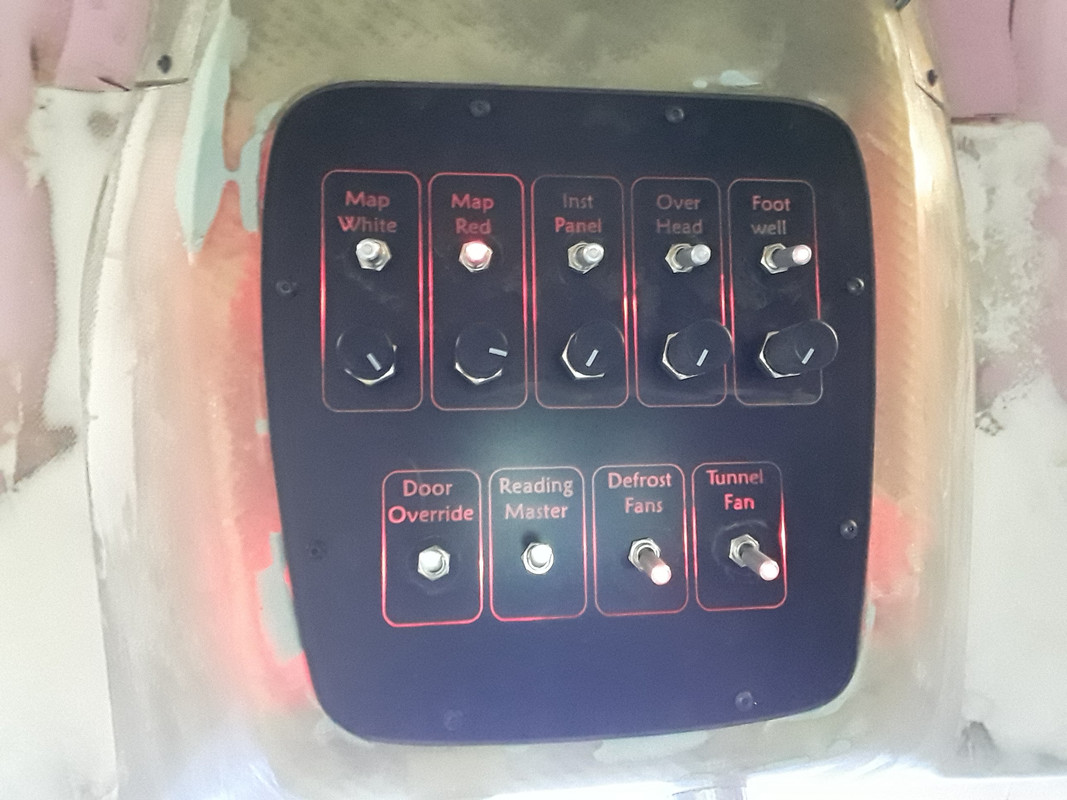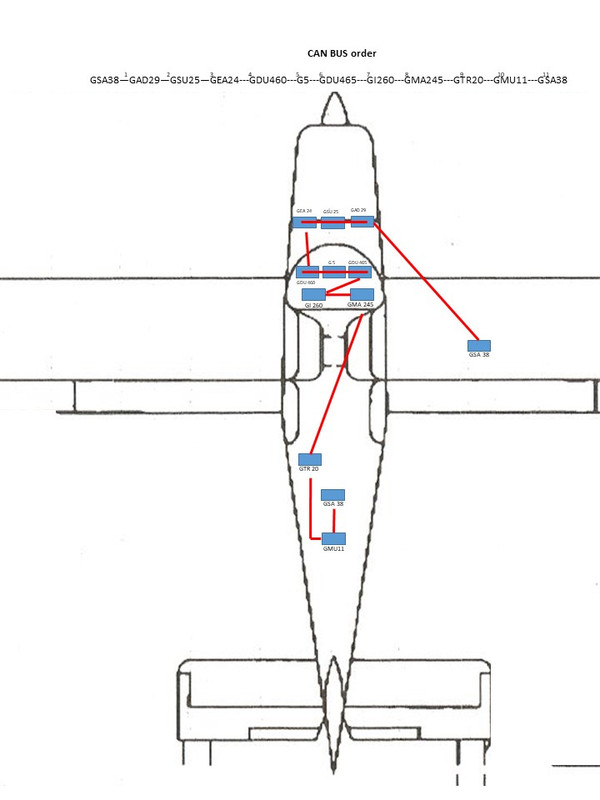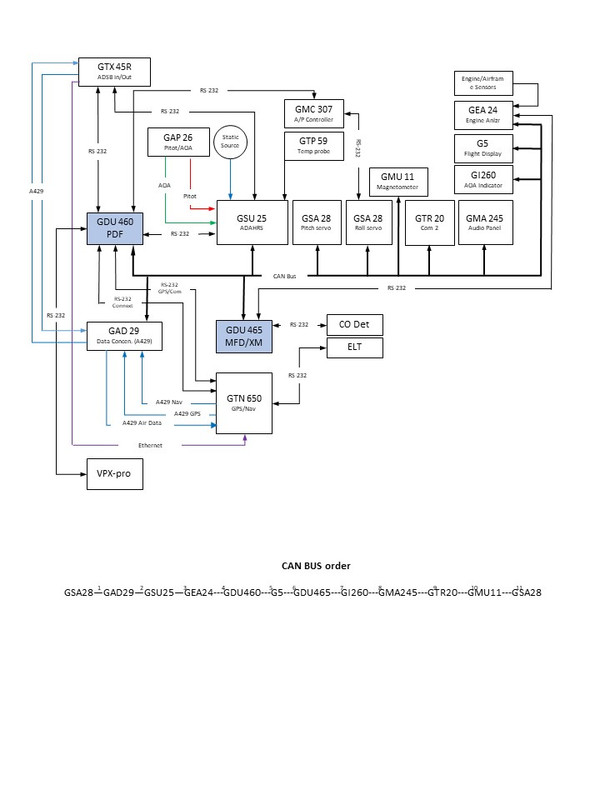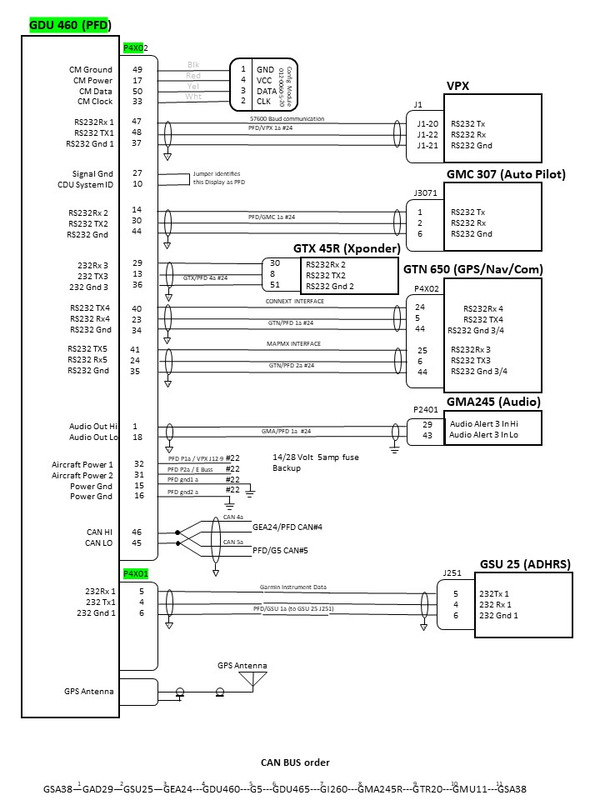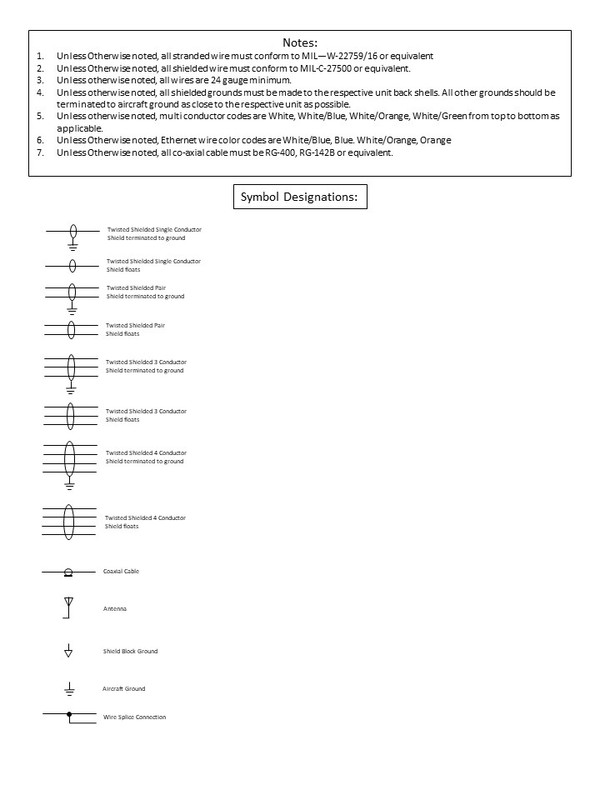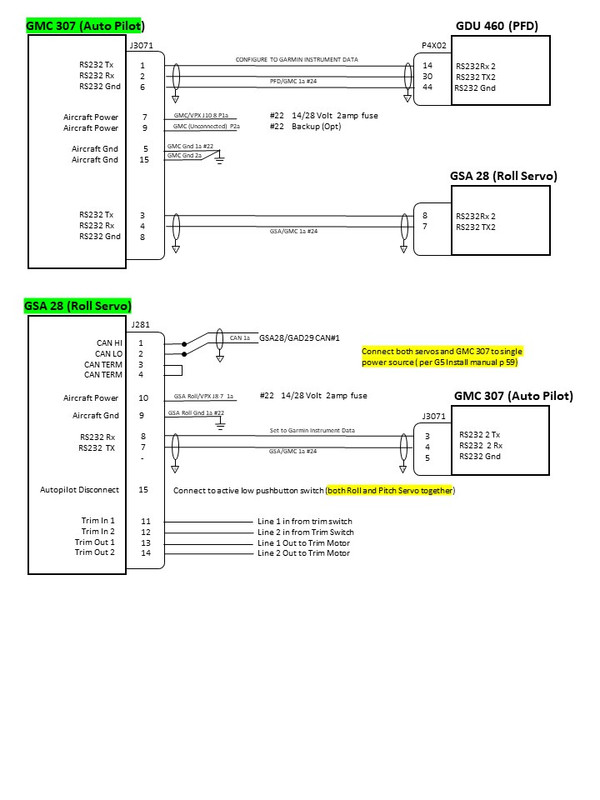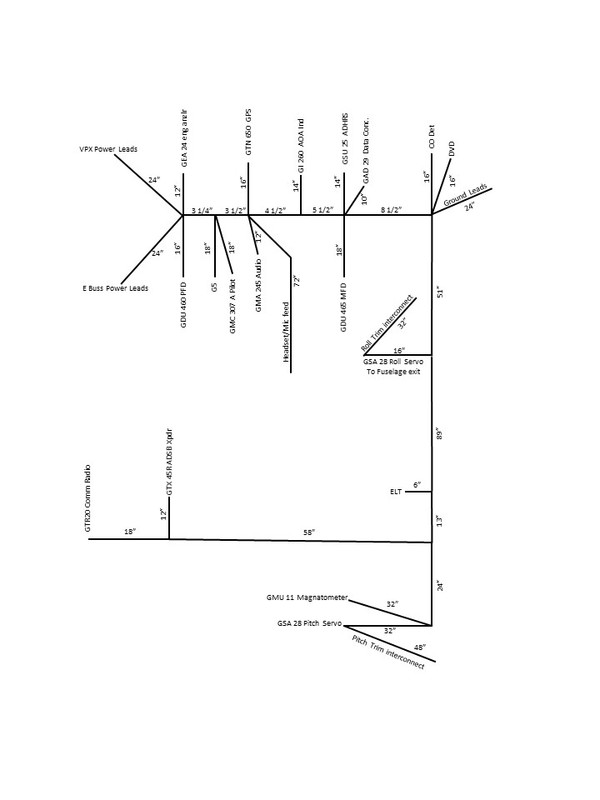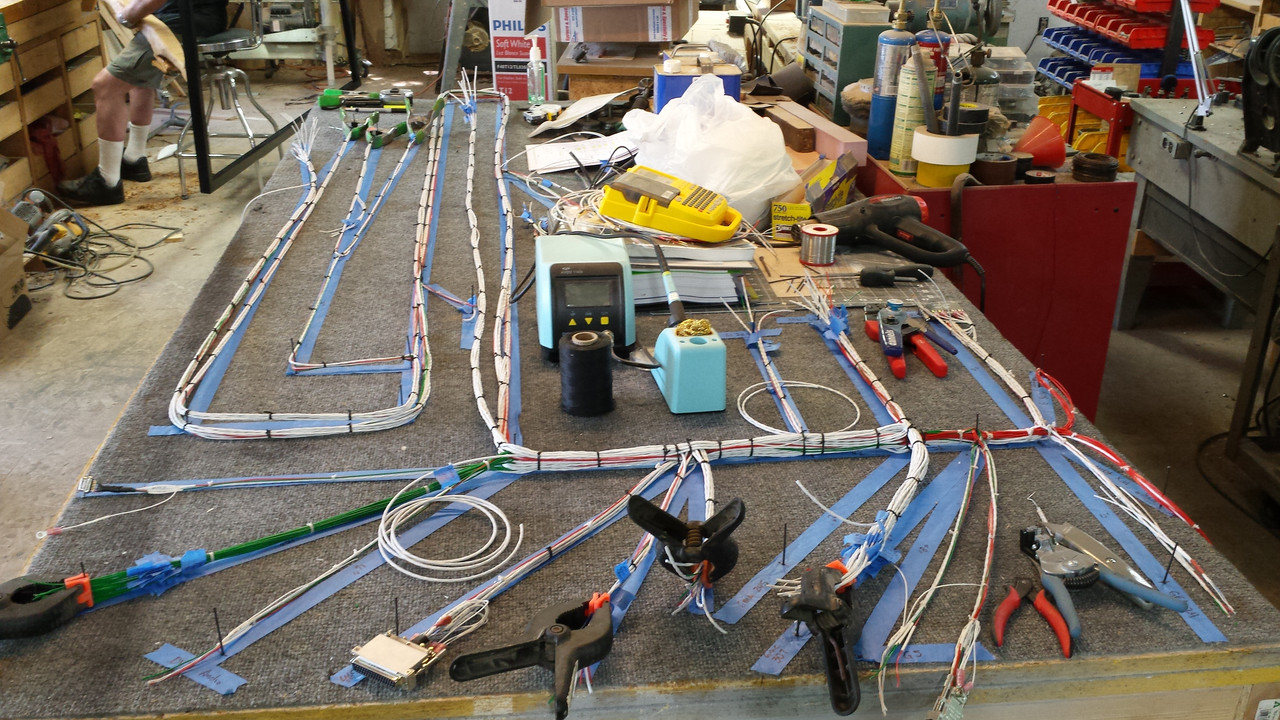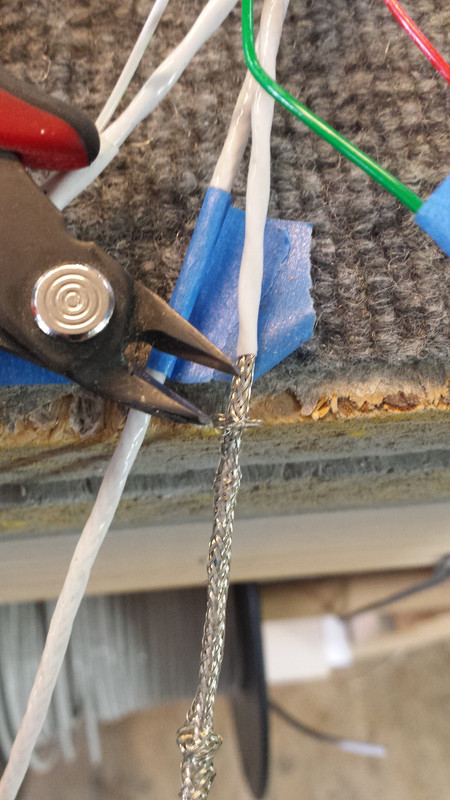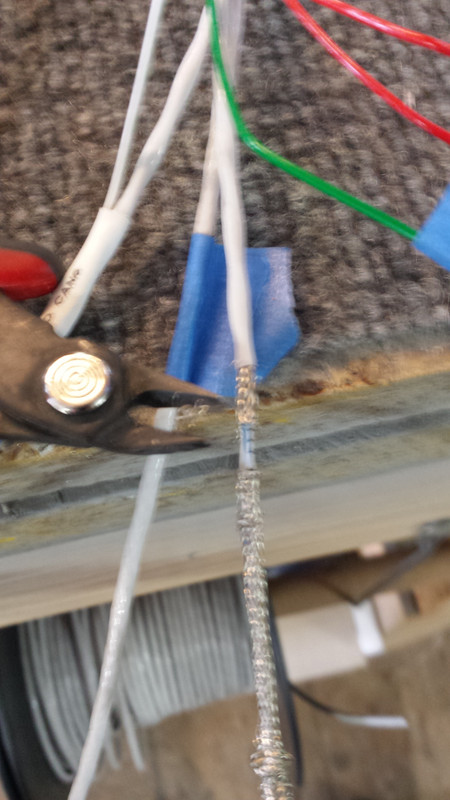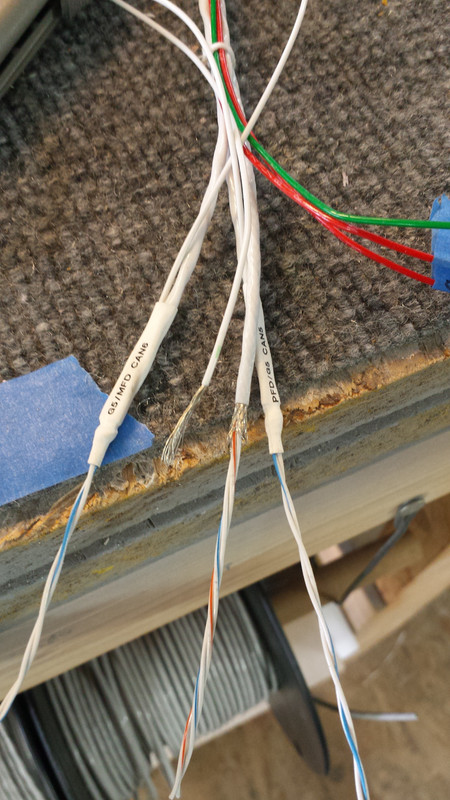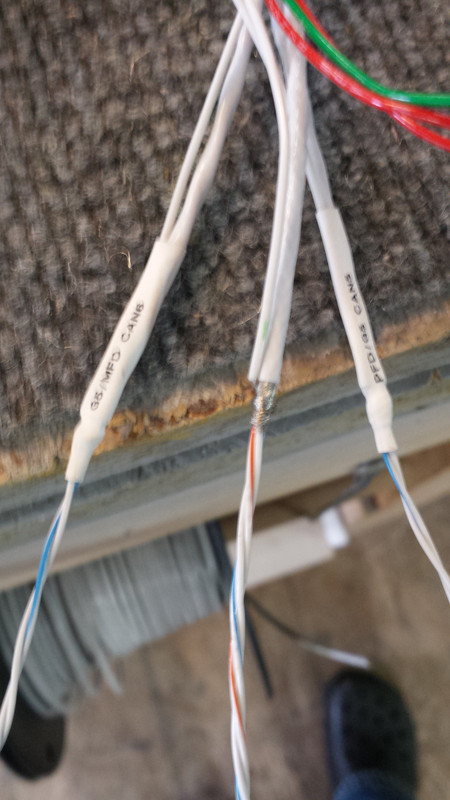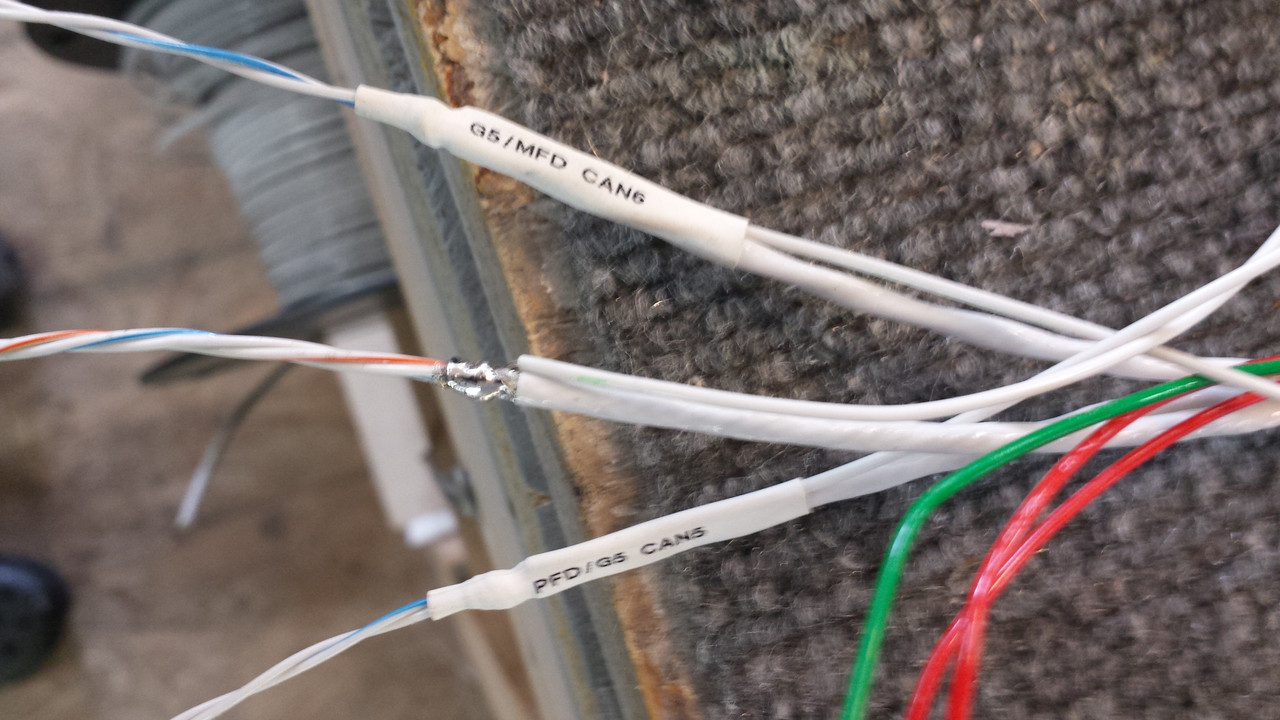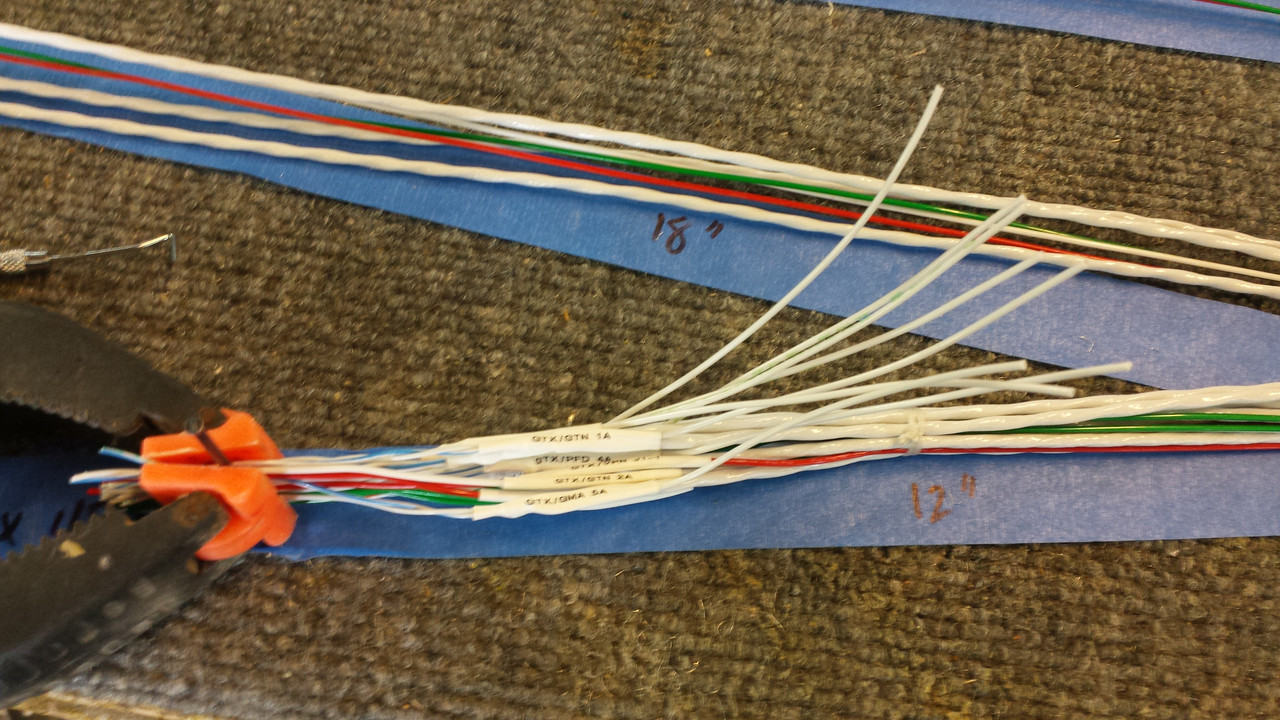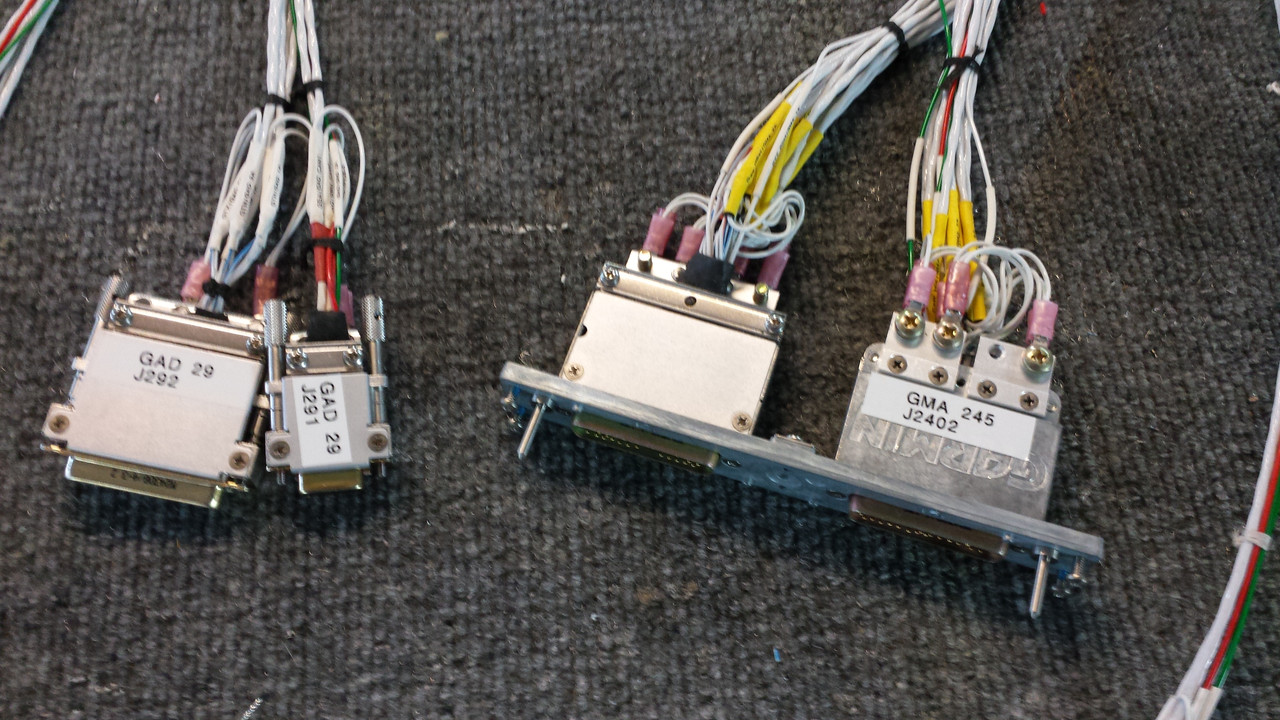I have thought long and hard on whether to post what I consider ‘a journey’ of learning about the electrical system in my build, and whether the VAF community would find value in my efforts. By the very nature of the task, a description will be rather long. I have seen several posts about the individual “nuts and bolts”, but never anything stepwise on the process of design, so I think this might add value.
So, if you have no interest, well then, feel free to move on to another post. Otherwise keep reading.
This will be not so much on the pins and wires but on stepwise how one goes about conceiving, designing building and particularly documenting an aircraft electrical system with advanced avionics. So here goes.
As a disclaimer, I did not use the Van’s RV-10 electrical design pages mostly because I didn’t order the plans CD until well into the project. A mistake on my part, I would suggest others not make. Buy the CD day one and put it to use. It would have helped some with the learning curve if I had first reviewed the Van’s electrical drawings, but not changed the outcome.
First to describe how I intend to use the aircraft when done.
The aircraft will be IFR
I will use at least one and likely two Light Speed ignition systems.
I will use the VPX pro electronic circuit breaker system
The electrical system for an aircraft can be sub-divided into sections. The first is described as the ‘Backbone’ and consists of the battery, master relay, main power (and ground) distribution, starter relay, starter and alternator(s), all the big wires. This is where the architecture of the system should first incorporate any desired redundancy (multiple batteries, alternators, E Buss, etc.). Since I have chosen to build for IFR level of function, and I plan on an electric airplane, I chose the Z13/8 (with E Buss) figure in the back of Bob Nuckolls’ book as the basis. I then modified this architecture to incorporate the VPX-pro ECB (electronic circuit breaker) system.
Here is the resulting drawing with more discussion to follow:
 [/url][/IMG]
[/url][/IMG]
The ‘backbone’ architecture:
• Two alternators 60 amp and a backup at 30 amp
• Single main battery with dedicated G5 back up battery
• I am considering an additional supplemental battery, but will add it later if needed. (primarily to maintain voltage during engine starting)
• E-Buss
• VPX electronic circuit breakers (ECB)
So, if you have no interest, well then, feel free to move on to another post. Otherwise keep reading.
This will be not so much on the pins and wires but on stepwise how one goes about conceiving, designing building and particularly documenting an aircraft electrical system with advanced avionics. So here goes.
As a disclaimer, I did not use the Van’s RV-10 electrical design pages mostly because I didn’t order the plans CD until well into the project. A mistake on my part, I would suggest others not make. Buy the CD day one and put it to use. It would have helped some with the learning curve if I had first reviewed the Van’s electrical drawings, but not changed the outcome.
First to describe how I intend to use the aircraft when done.
The aircraft will be IFR
I will use at least one and likely two Light Speed ignition systems.
I will use the VPX pro electronic circuit breaker system
The electrical system for an aircraft can be sub-divided into sections. The first is described as the ‘Backbone’ and consists of the battery, master relay, main power (and ground) distribution, starter relay, starter and alternator(s), all the big wires. This is where the architecture of the system should first incorporate any desired redundancy (multiple batteries, alternators, E Buss, etc.). Since I have chosen to build for IFR level of function, and I plan on an electric airplane, I chose the Z13/8 (with E Buss) figure in the back of Bob Nuckolls’ book as the basis. I then modified this architecture to incorporate the VPX-pro ECB (electronic circuit breaker) system.
Here is the resulting drawing with more discussion to follow:

The ‘backbone’ architecture:
• Two alternators 60 amp and a backup at 30 amp
• Single main battery with dedicated G5 back up battery
• I am considering an additional supplemental battery, but will add it later if needed. (primarily to maintain voltage during engine starting)
• E-Buss
• VPX electronic circuit breakers (ECB)
Last edited:










